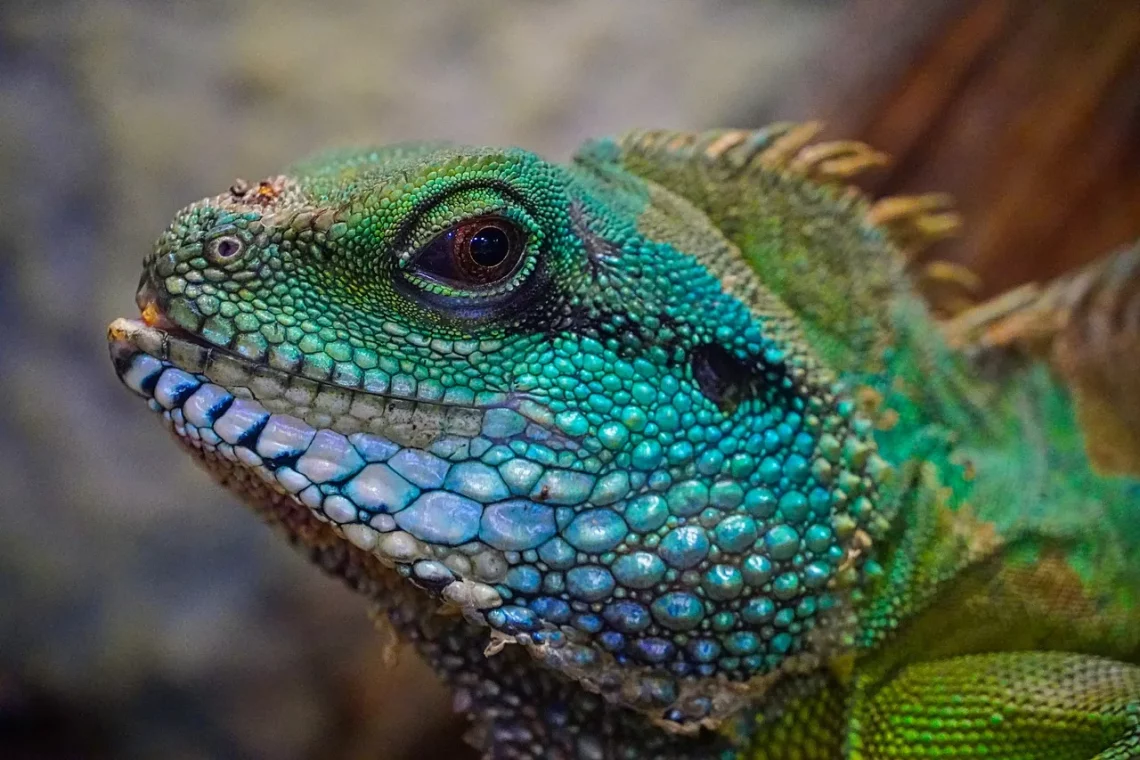
Understanding Bearded Dragon Sexes: A Guide for Enthusiasts
Bearded dragons, known for their docile nature and charming appearance, have rapidly gained popularity as pets among reptile enthusiasts. These lizards, native to Australia, possess a range of captivating traits that make them appealing to both novice and experienced keepers. However, understanding the nuances of bearded dragon sexes is crucial for anyone interested in breeding or simply keeping these reptiles as companions.
Sex determination in bearded dragons can be a complex topic, as it involves not only physical characteristics but also behavioral cues. Enthusiasts often find themselves puzzled when trying to differentiate between male and female dragons, especially at a young age. The ability to accurately identify the sex of your bearded dragon can impact various aspects of their care, including habitat setup, social dynamics, and breeding decisions.
In addition to physical differences, the behavior of male and female bearded dragons can also vary significantly. This article aims to shed light on the complexities of bearded dragon sexes, providing insights that will enhance your understanding and care for these fascinating creatures. By delving into anatomical features, behavioral traits, and breeding considerations, you will be better equipped to ensure a healthy and harmonious environment for your pet or breeding pair.
Physical Characteristics of Bearded Dragons
When it comes to distinguishing male and female bearded dragons, certain physical traits can serve as key indicators. One of the most noticeable differences lies in the size and shape of the body. Generally, male bearded dragons tend to be larger and more robust than their female counterparts. They often have broader heads and more pronounced jowls, giving them a more imposing appearance.
Another significant characteristic is the presence of hemipenal bulges in males. These bulges are located at the base of the tail and are absent in females. This feature becomes more prominent as the dragon matures, making it easier to identify males from females. In addition to the bulges, males typically have a thicker tail, which can also assist in sex identification.
Coloration can also play a role in sex differentiation, although it is less reliable than other physical traits. Males may exhibit more vibrant colors, especially during breeding season, while females may have a more subdued coloration. However, it’s important to remember that color can vary widely among individual dragons and is influenced by factors such as diet and environment.
Another aspect to consider is the age of the bearded dragon. Young dragons, particularly those under six months of age, can be challenging to sex accurately. As they grow, their physical characteristics become more apparent, making it easier for keepers to identify their sex. Patience is essential when determining the sex of juvenile dragons, as premature conclusions can lead to misunderstandings about their care and social needs.
In summary, while there are several physical characteristics that can help differentiate male and female bearded dragons, it is crucial to consider the age and individual variability of each dragon. By observing their size, shape, and specific anatomical features, enthusiasts can develop a clearer understanding of the sexes and provide better care tailored to their needs.
Behavioral Differences Between Males and Females
While physical characteristics are essential for sex identification, behavioral traits also provide valuable insights into the differences between male and female bearded dragons. Males typically exhibit more assertive and territorial behavior, especially during the breeding season. They may engage in head-bobbing displays, arm waving, and other forms of communication to assert dominance over their territory or attract potential mates.
In contrast, female bearded dragons tend to display calmer and more passive behaviors. They may be more social and less aggressive than males, often forming bonds with their keepers and other dragons in their habitat. When housed together, females are generally less likely to engage in aggressive displays compared to males, making them suitable companions for those looking to keep multiple dragons.
During breeding season, male bearded dragons can become particularly hyperactive and may display increased aggression. They often engage in courtship behaviors, which can include elaborate displays of color and movement designed to attract females. Understanding these behaviors is essential for enthusiasts interested in breeding, as it can help in creating an appropriate environment and reducing stress for both sexes.
Another notable behavioral difference is how males and females interact with their environment. Males may be more exploratory and adventurous, often showing curiosity about their surroundings. They may climb and explore more vigorously, while females may prefer to stay closer to their basking spots or hideouts. This difference in behavior can influence habitat setup, as providing adequate climbing opportunities is vital for male bearded dragons, while female dragons may benefit from secure hiding spots.
Recognizing these behavioral differences can enhance the overall care and management of bearded dragons. By understanding how each sex typically behaves, keepers can create a more enriching environment that caters to their dragons’ natural instincts and social dynamics.
Breeding Considerations for Bearded Dragons
For those considering breeding bearded dragons, understanding the differences between the sexes is paramount. Breeding should only be undertaken by those who are well-informed about the responsibilities and challenges that come with it. Before initiating the breeding process, it is essential to ensure both the male and female are healthy and of appropriate age. Generally, bearded dragons should be at least 18 months old before breeding.
Successful breeding requires a proper setup that provides both the male and female with adequate space and environmental conditions. This includes appropriate heating, lighting, and humidity levels, as well as a balanced diet to support their health during the breeding process. Additionally, introducing the male to the female’s territory can minimize stress and territorial aggression.
During the breeding season, males will often exhibit increased interest in females, displaying courtship behaviors. It is important for keepers to monitor these interactions closely, as aggressive behavior can escalate. If signs of aggression occur, separating the dragons may be necessary to prevent injury.
Once mating occurs, the female will require a suitable nesting area to lay her eggs. Providing a designated spot with loose substrate, such as sand or soil, will encourage her to dig and lay her eggs comfortably. After laying eggs, it’s crucial to remove them for incubation to ensure their safety.
Breeding bearded dragons can be a rewarding experience, but it requires a significant commitment of time, resources, and knowledge. Understanding the differences between the sexes, their behaviors, and the implications of breeding will help ensure a successful and responsible breeding process.
In conclusion, understanding the sexes of bearded dragons goes beyond mere physical identification. It involves a comprehensive approach that includes recognizing behavioral traits and preparing for responsible breeding practices. By gaining a deeper knowledge of these fascinating reptiles, enthusiasts can enhance their care and contribute to the well-being of their bearded dragons.
*Disclaimer: This article is for informational purposes only and does not constitute medical advice. For any health concerns regarding your pets, please consult a qualified veterinarian.*




